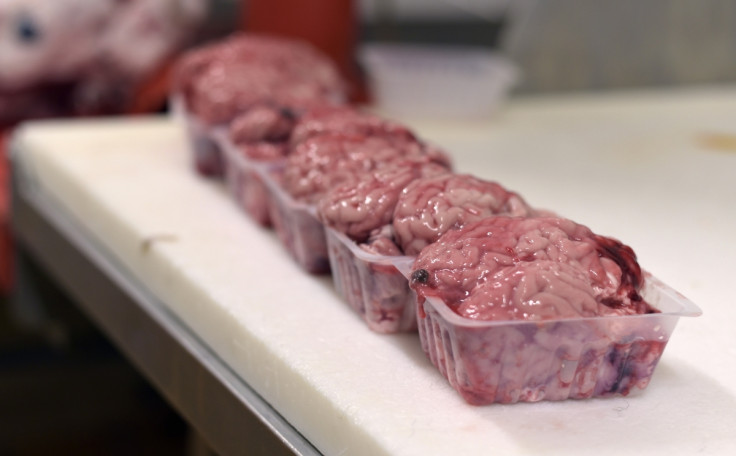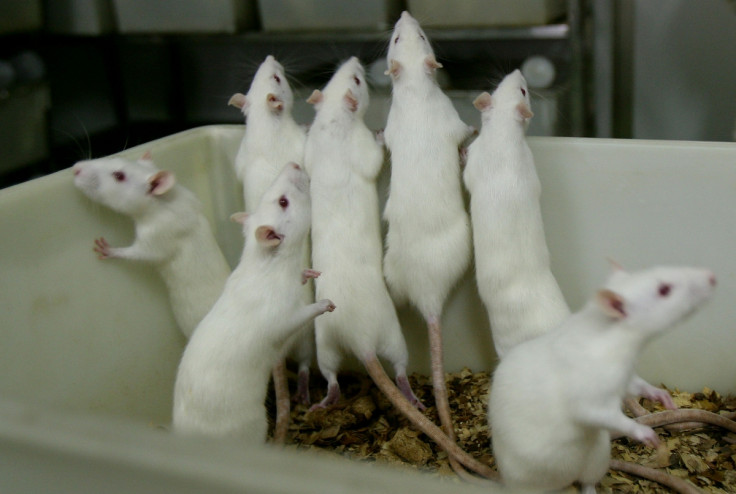Stem cells: Miniature brains created as an alternative to animal testing

Scientists have made tiny brains from stem cells. They work just like a normal human brains, and can be replicated on a huge scale.
The researchers say these brains – 50 times smaller than a five-pence piece – could be used as an alternative to animal testing.
The inventions were announced on 12 February at the annual American Association for the Advancement of Science conference in Washington D.C. The creators said that the inventions will provide a convenient, cheaper and more reliable basis for clinical drug trials than testing on mice.
"Ninety-five percent of drugs that look promising when tested in animal models fail once they are tested in humans at great expense of time and money," said Thomas Hartung, leader of the study from Johns Hopkins University. "We believe that the future of brain research will include less reliance on animals and more reliance on human, cell-based models."
The micro-brains are made up neurons and human brain cells, and can even replicate their functionality.
Each brain started from a type of stem cell – induced pluripotent stem cells. These are fully grown adult stem cells that have been genetically altered to make them think they are embryonic stem cells. They can then be cultured to grow into brain cells. The final ingredient is human skin cells, to bulk up the brains.

After just two months the baby-brains began to develop, and four different types of neuron had been discovered within them, as well as two support cells: known as astrocytes and oligodendrocytes.
Soon, the brains began to 'think' as scientists noted electrophysiological activity throughout the inventions. They even managed to confirm this by using electrodes, and each brain reacted to stimuli – a bit like subconsciously saying "ouch" when somebody pinches you.
"When testing drugs, it is imperative that the cells being studied are as similar as possible to ensure the most comparable and accurate results," said Hartung. "While rodent models have been useful, we are not 150lb rats. And even though we are not balls of cells either, you can often get much better information from these balls of cells than from rodents."
Scientists say these inventions provide the perfect alternative to testing on rodents, as they can also be made on a huge scale - hundreds of thousands per batch.
The aim of these brains was to stop the reliance on animal testing, and use actual human cells to test drugs. Mini-brains can be catered towards the disease each drug is trying to treat, essentially making the results of the trials even more reliable.
For example, if the skin cells (which are added to stem cells when the brain is being made) are taken from somebody with Parkinson's disease, the brain will then simulate the neurological processes which exist in that very same disease.
New pharmaceutical treatments for Parkinson's can then be directly tested onto it, for reliable and cheap results.
This idea is already being used in investigations on viral injections, trauma and strokes.
Hartung summarised: "Only when we can have brain models like this in any lab at any time will we be able to replace animal testing on a large scale."
© Copyright IBTimes 2024. All rights reserved.






